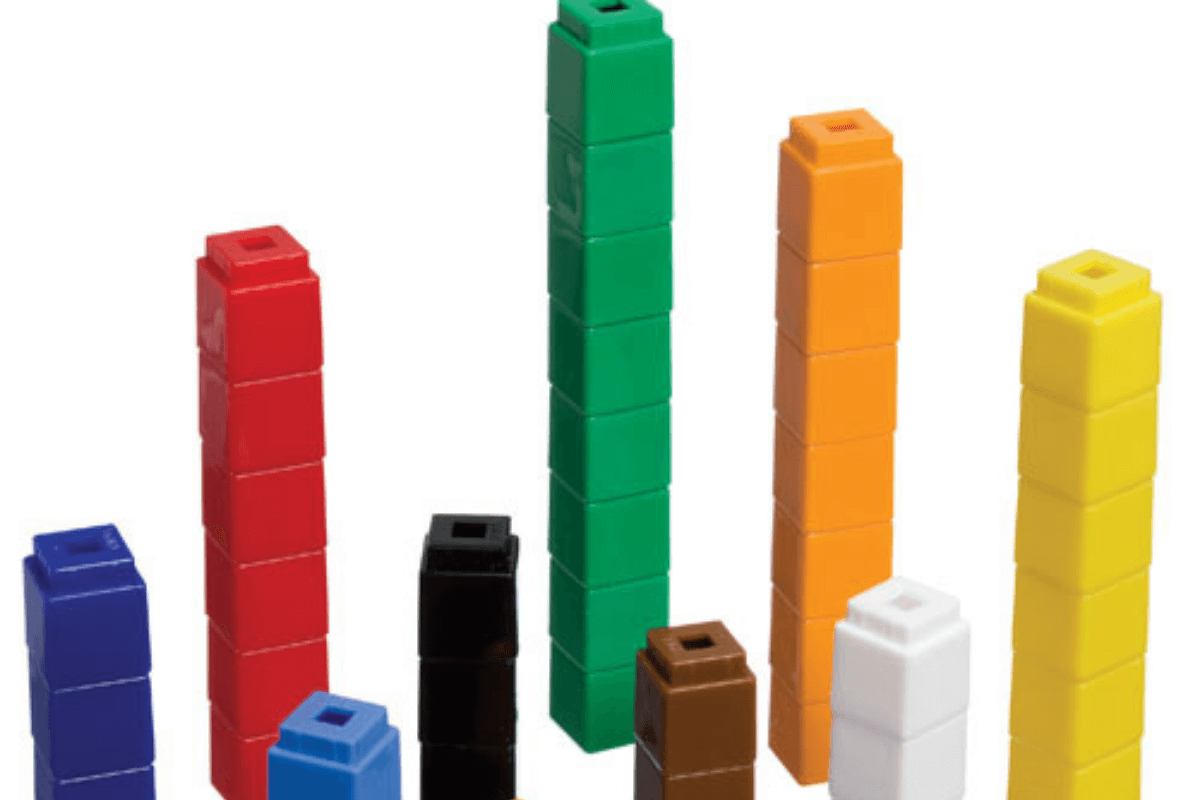As discussed in previous blog posts, parents often feel frustrated when speaking with their children about math. Math calculations appear different from when they were in school, and how their child talks about math seems like a new language. This can often create barriers between parents and children in being able to discuss schoolwork.
Working With Your Child
Being a part of your child’s learning is vital for their success. It is essential that parents work with their children and get involved in their education. However, it can be frustrating if the parent struggles with the topic. This is why at Dropkick Math, we expose the parent to new learning strategies their child may be experiencing in their classroom. Once the parent starts to learn and understand these new ways of engaging with mathematics, they will feel more confident to become more involved in their child’s education.
Your attitude about learning can directly influence your child’s educational success. Over three decades of research has found that student success is positively impacted by parent involvement regardless of socioeconomic status, background, or parent’s level of education. Dropkick Math provides resources and advice on how to get started learning alongside your child. When you learn alongside your child, you set an example while strengthening your relationship. Your child will see your confidence building in mathematics which will help build them up as well.
Learning the Language
The first step in being active in your child’s math education is learning about the tools and language of math. By having a foundational understanding of how teachers speak and the tools they use, you can better communicate with your child and their teachers. The following are some of the most common words and sayings that your child or their teacher may use when explaining tools used in mathematics.
Math Tools
You may envision screwdrivers or a hammer when you first hear the word tools. In the math world, tools refer to devices that help solve a problem. These tools help carry out a particular function and are often referred to as manipulatives. However, in math, tools don’t always have to be physical, some are just representational.
Manipulatives allow children to feel, touch and visualize what they can’t yet create on their own. They can enable children to receive immediate feedback about whether their idea makes sense. Using tools, a child can move hands-on objects to investigate and explore a math concept that may be challenging.
Unifix Cubes
Unifix cubes are manipulatives that are used starting in preschool and can help children understand the foundation of mathematics. Starting from a very young age, children aged 0 – 4 can use these cubes for playtime. Children around age 5 can use the cubes to start practicing counting and represent quantitative measures. As children grow older, unifix cubes can be used to help children draw the connection to multiplication by visually seeing groups organized. These cubes can also be used in older grades to explore patterning and algebraic relationships.
Counters
Counters are a fun, popular manipulative that have many uses throughout your child’s education. Counters come in two forms, either dual-coloured or single-coloured. They are used very similar to unifix cubes; however, they cannot link with each other like cubes can, limiting their use in some ways. Counters are a great way for your child to visualize fractions in different ways, and they can be placed easily to show part-to-whole relationships. As children grow older, counters can help them with the study of percentages, pattering, and algebraic relationships.
Pattern Blocks
Pattern blocks are a type of manipulative that enables children to visually see how shapes can be composed, decomposed, or broken apart. Pattern blocks can be used in many different ways throughout all grades. Common uses for pattern blocks at the early elementary level include identifying and naming shapes, defining attributes, discovering how shapes are composed, and making up other shapes. As children get older, pattern blocks can be used to develop an understanding of fractions, identify angles of shapes through geometry, and recognize visual patterns.
Base-Ten Blocks
Base-ten blocks are also known as multi-base arithmetic blocks or place value blocks. This tool can help children recognize the value of numbers using three-dimensional blocks that come in wood or plastic. In early grades, children can use the units to represent one place or begin to make sense beyond whole numbers as they represent decimals. The blocks can help your child add or subtract whole numbers, focusing on place value. Older children can use the blocks to multiply and divide whole numbers, focusing on place value.
Representational Models
Physical tools are classified as manipulatives or hands-on models. Children can easily manipulate them with their hands, and they act as a great starting tool for many mathematical concepts. These tools can be a great way to help support student learning as they navigate through math concepts. Representational models are tools too, but rather than being tangible like manipulatives, they are representational, or drawn.
It is important to understand that each representation is not an exact copy of representational models. Young children can sometimes get wrapped up in drawing perfect pictures, and they lose track of the actual math concept. This is an excellent place for parents to support their child learning by asking them questions such as “Can you draw a picture to represent the situation or story?” “How does your picture represent the story?” and “Where in the picture can I see the quantities from the story?”
A Deeper Understanding
Understanding the fundamentals behind the mathematical foundation is critical for a child’s fluency and math development. Using both manipulatives and representations, your child can build a deeper understanding of the four pillars of math (number sense, operational sense, algebraic reasoning, proportional reasoning). When confronted with a problem they have never seen before, children will be able to extend their thinking to the basic operations of addition, subtraction, multiplication and division by using their tools.
Understanding the language and tools used in your child’s education can help them grow in their studies and give them the practices necessary for future success. At Dropkick Math, we involved the parent/guardian in our programs. We believe that it is essential for a child’s growth to have the guidance of their parent/guardian and that good schools become even better schools when parents are involved.
As one of the leading math services in Ontario, our certified teachers support learning key math skills by focusing on relationships and engaging the parent/guardian. Don’t waste more time searching for “math tutor near me.” Get started today with Dropkick Math today by learning more about our programs!





